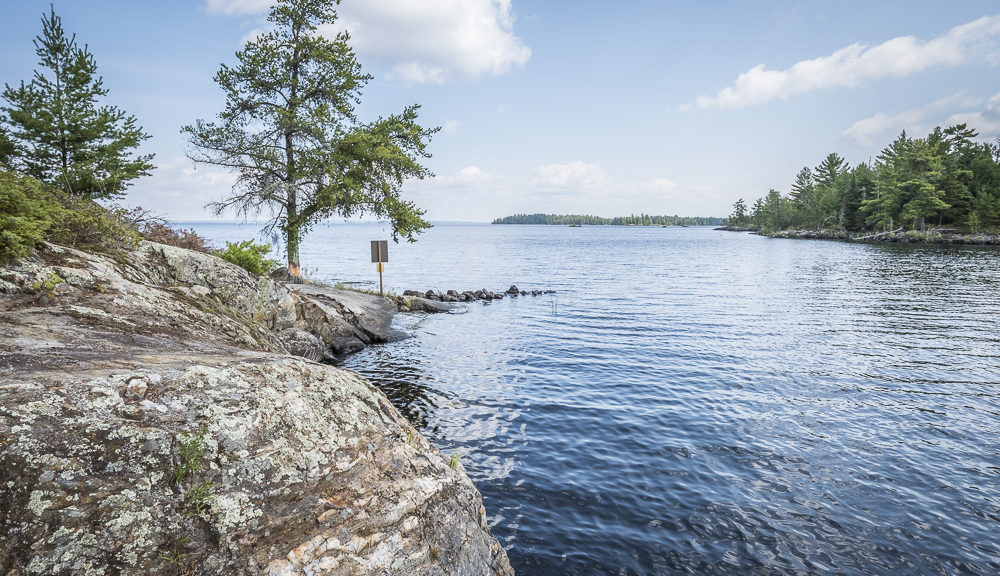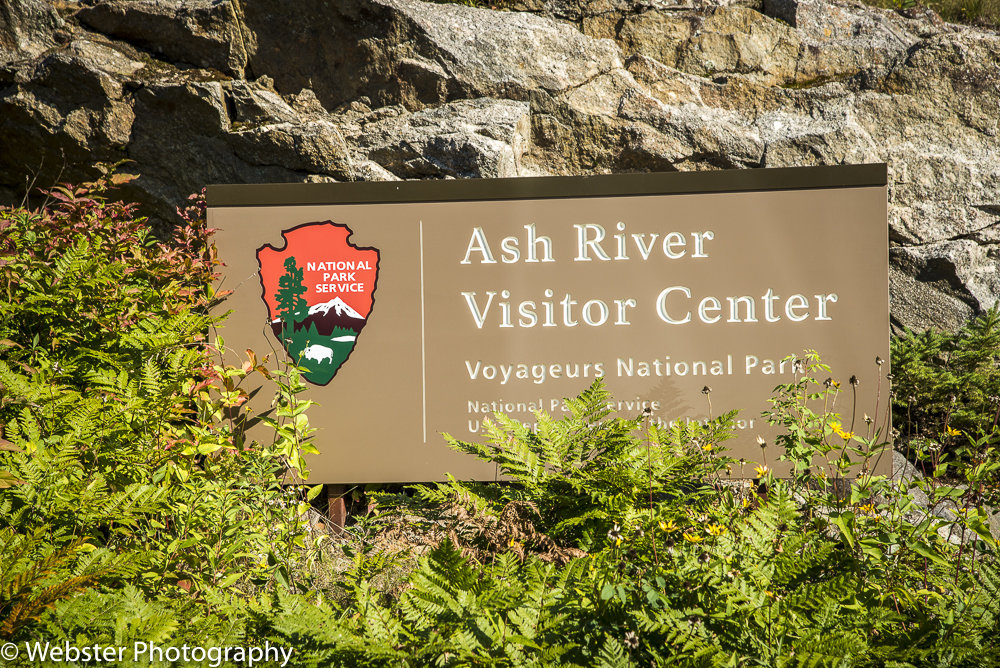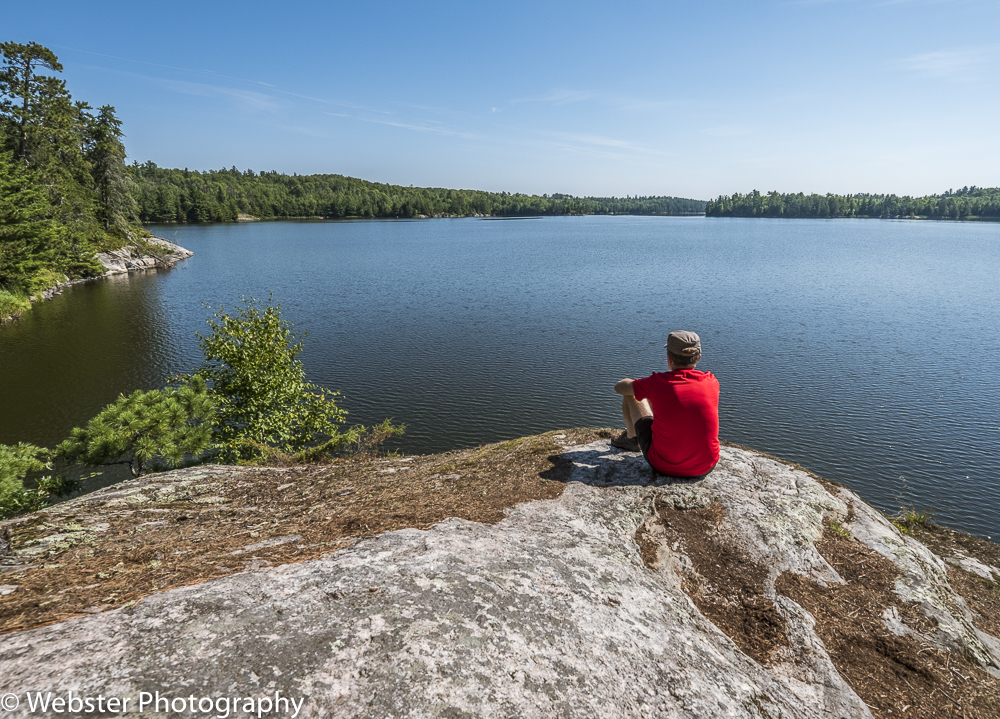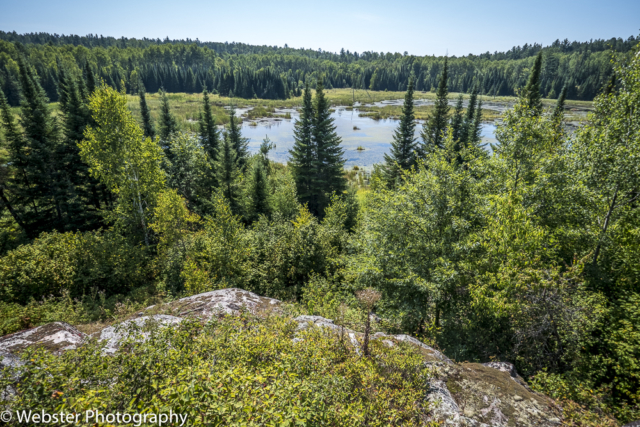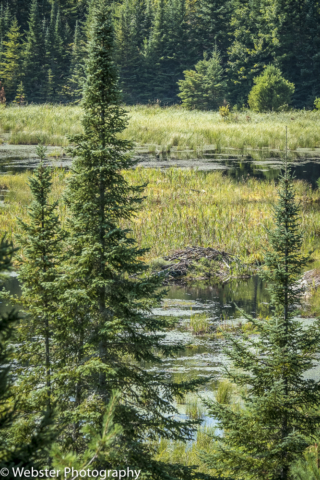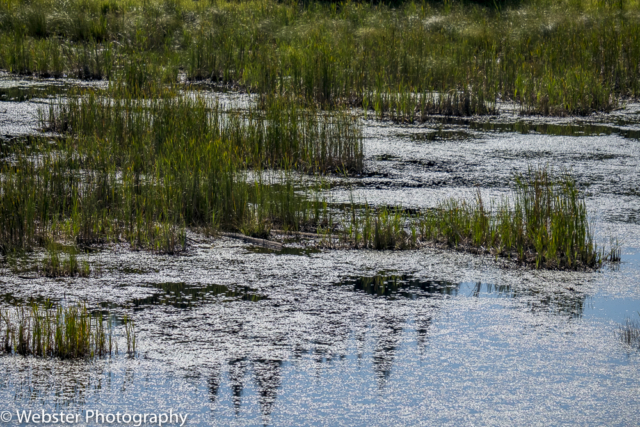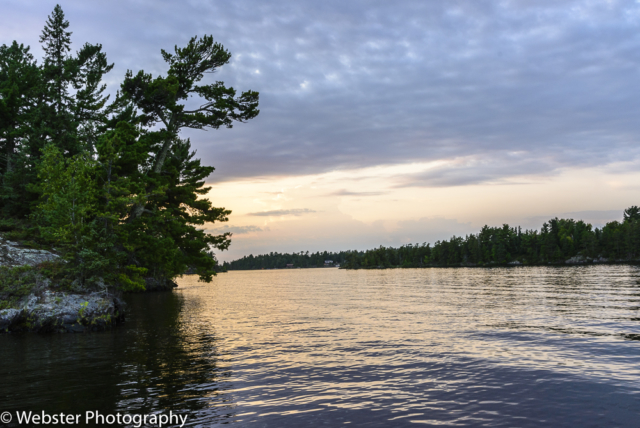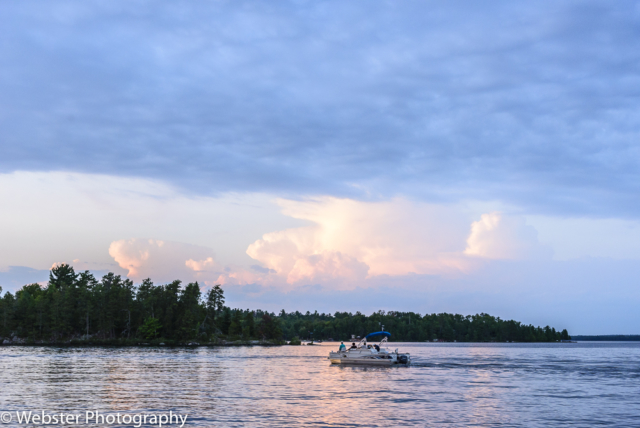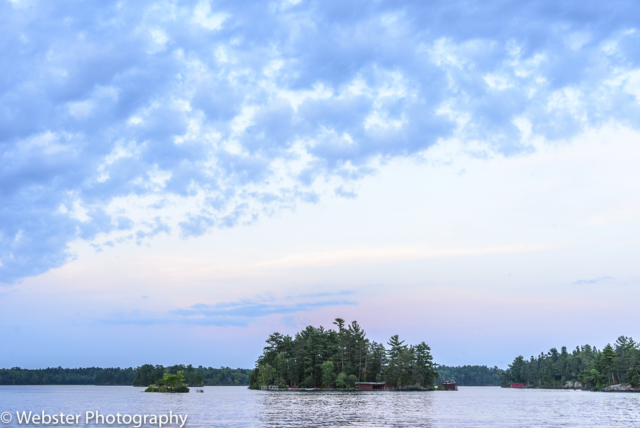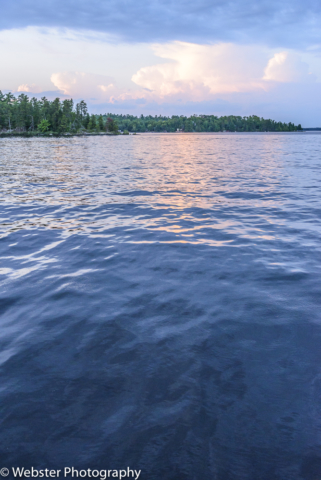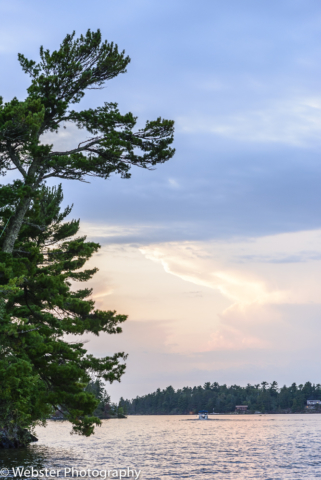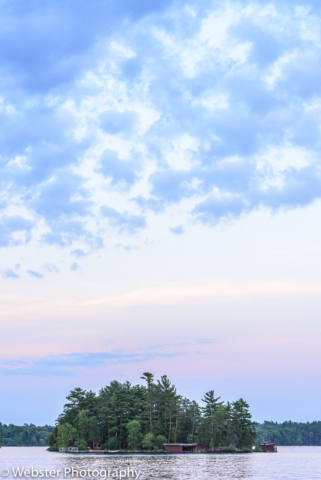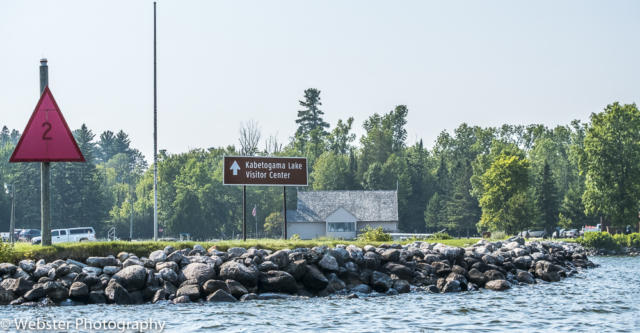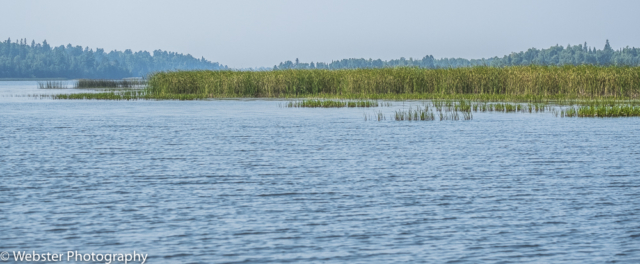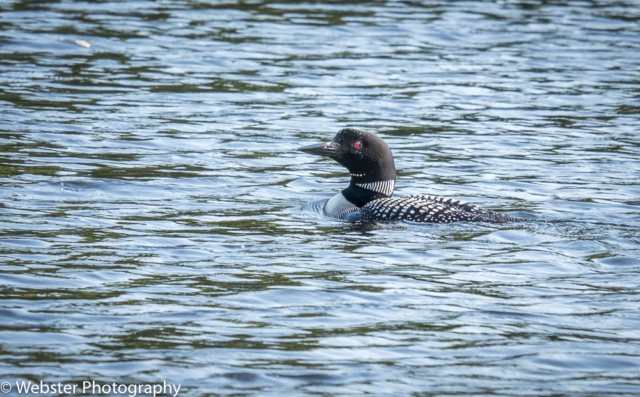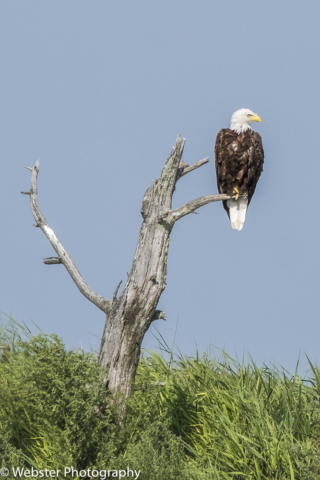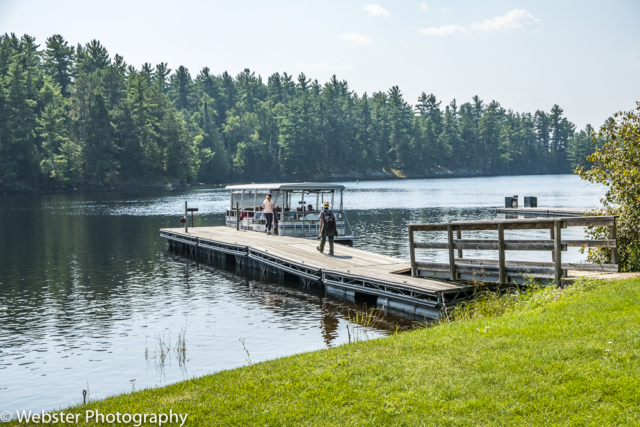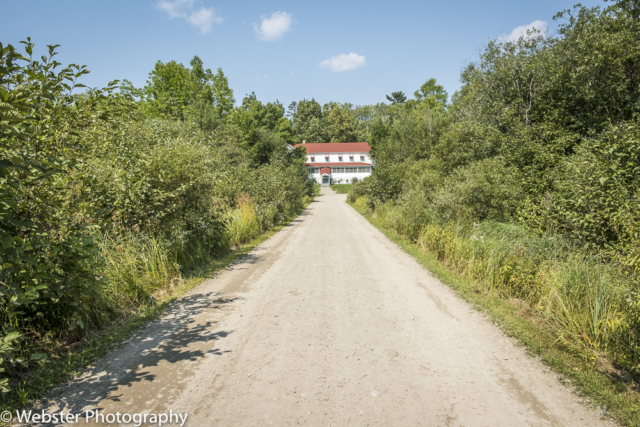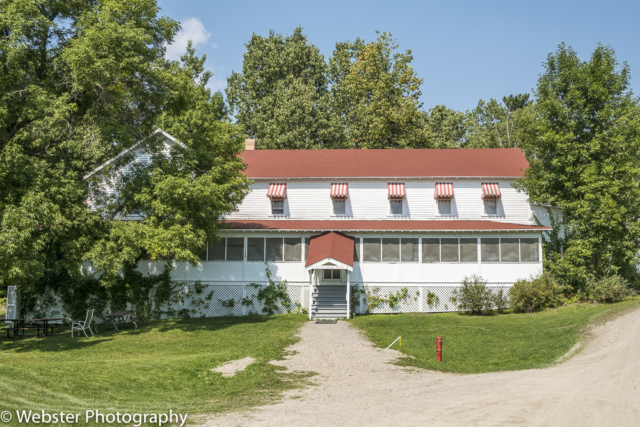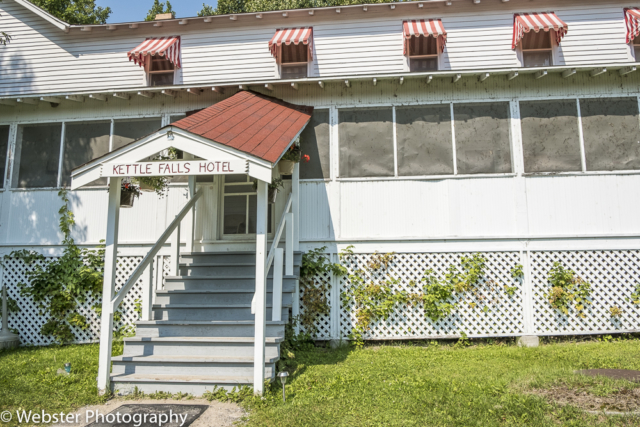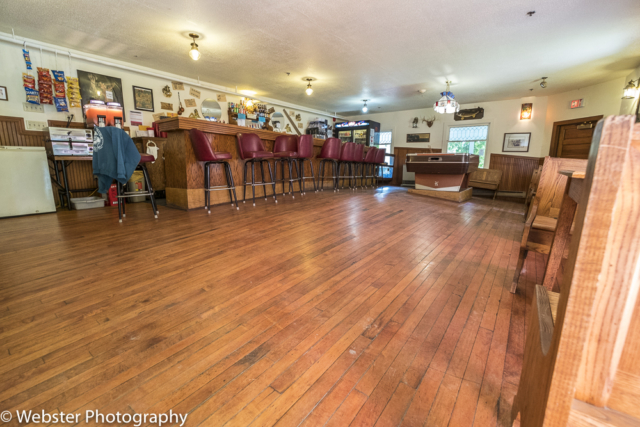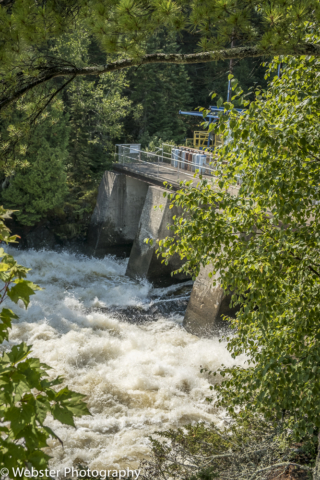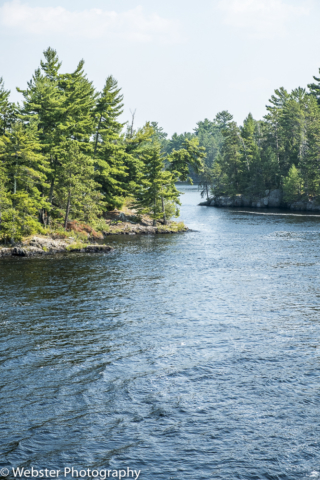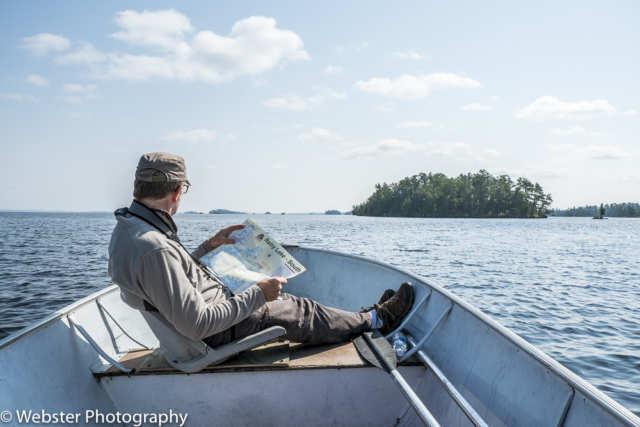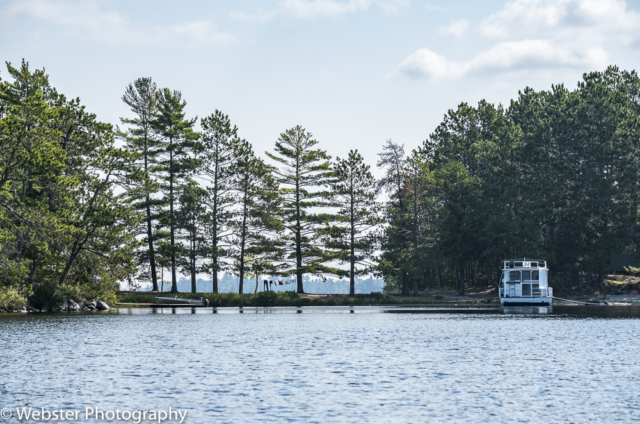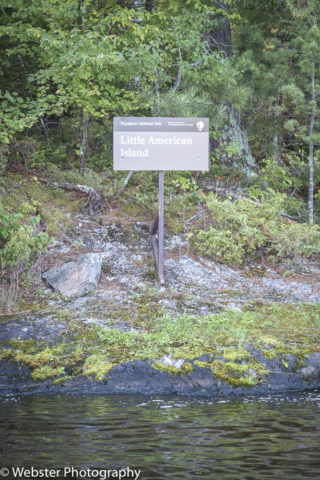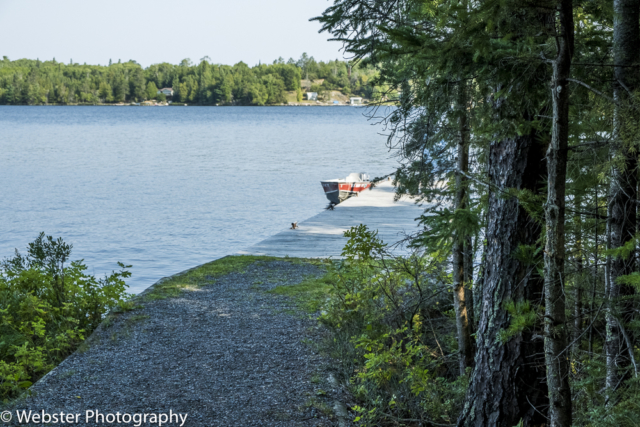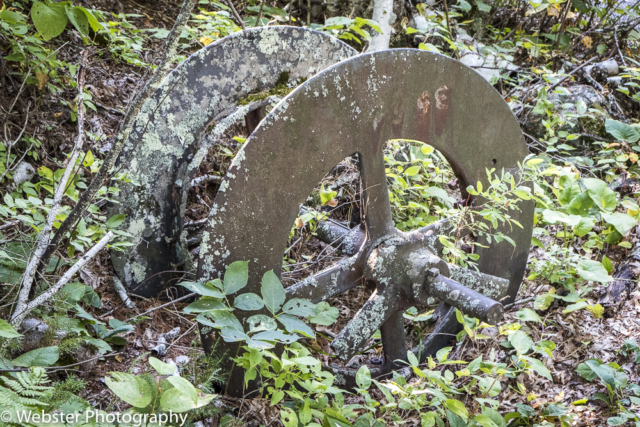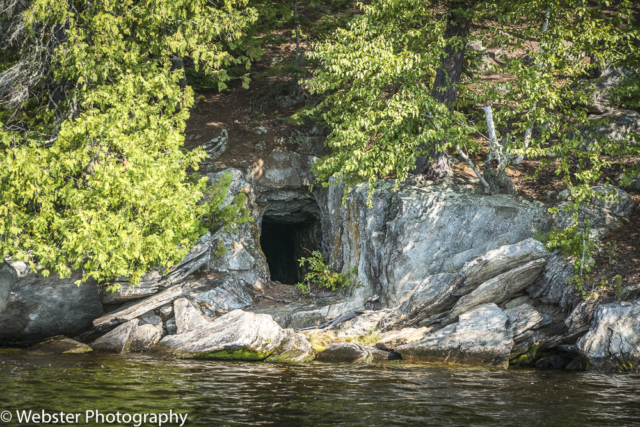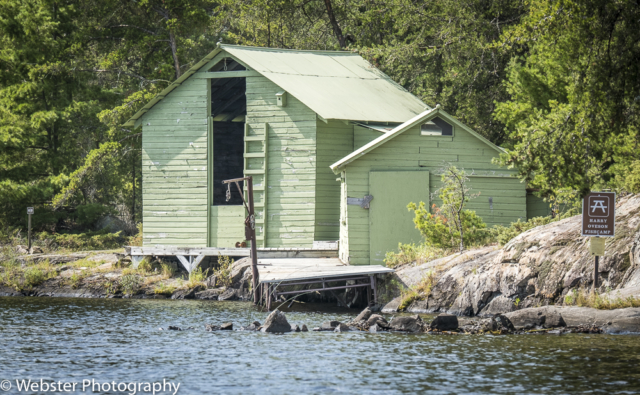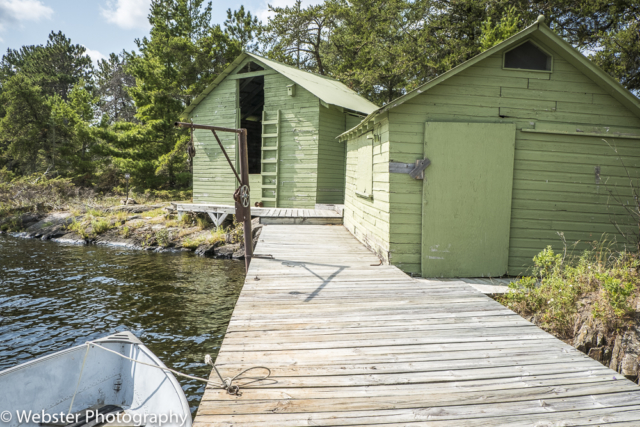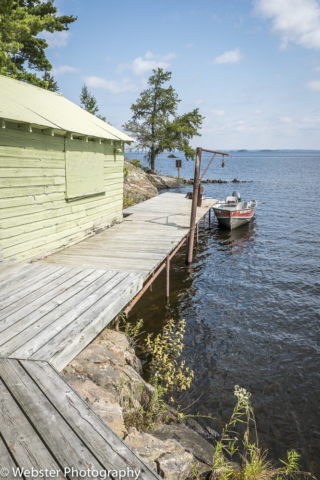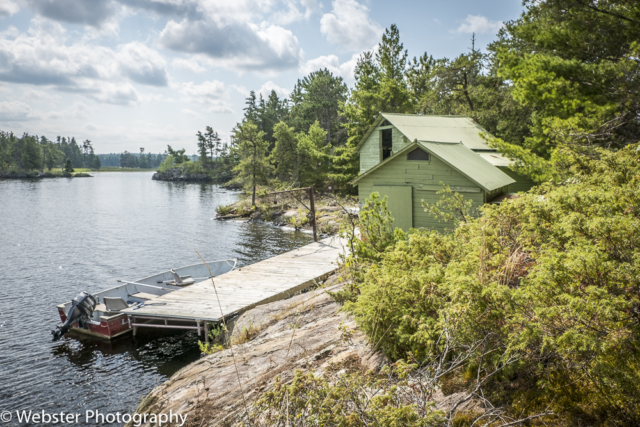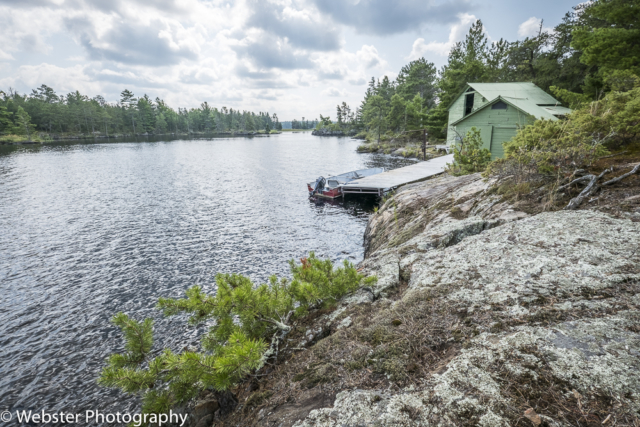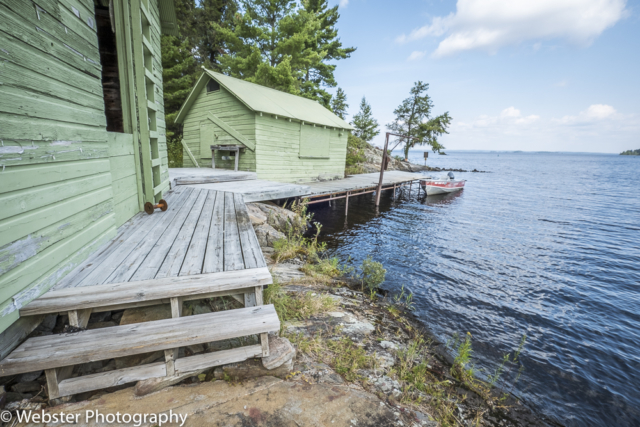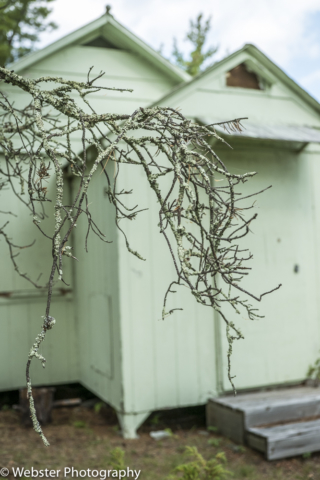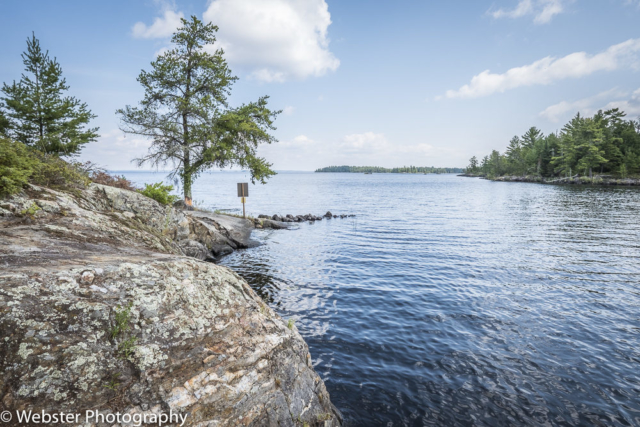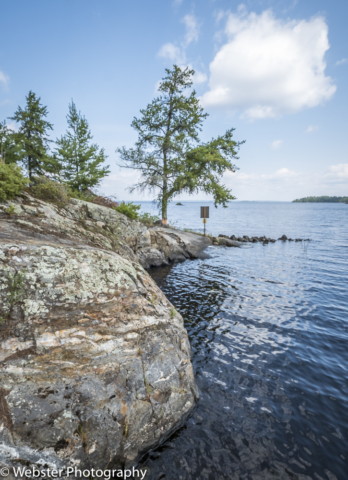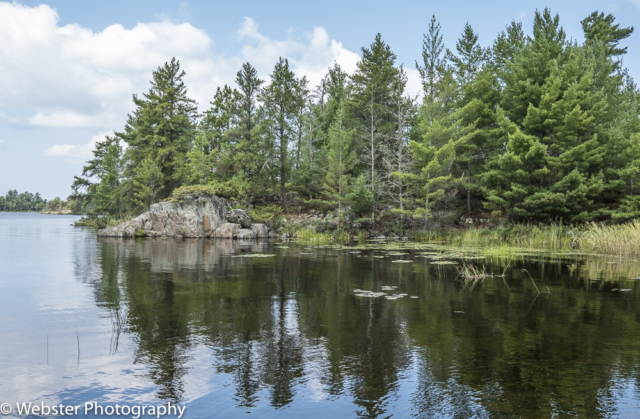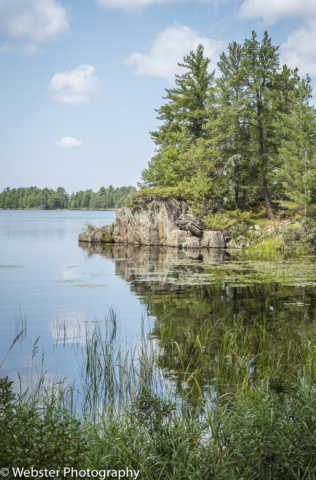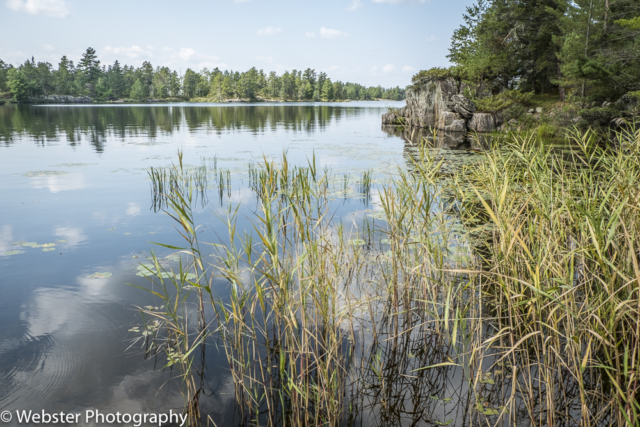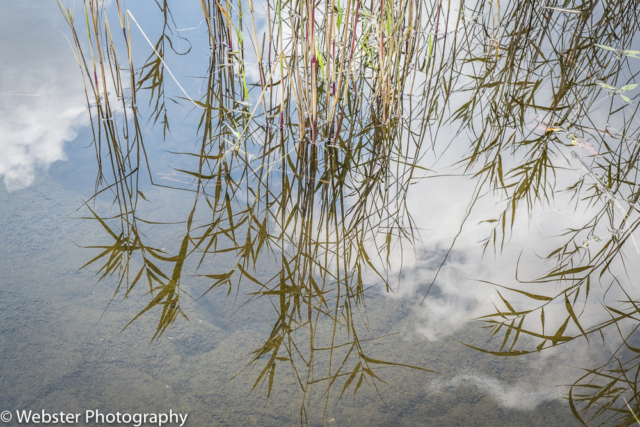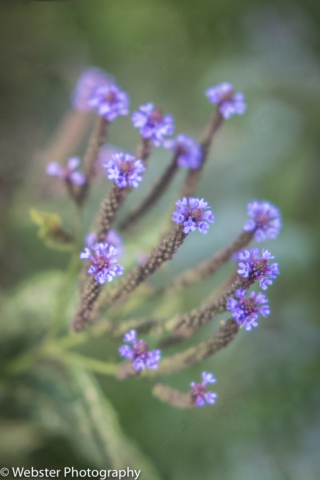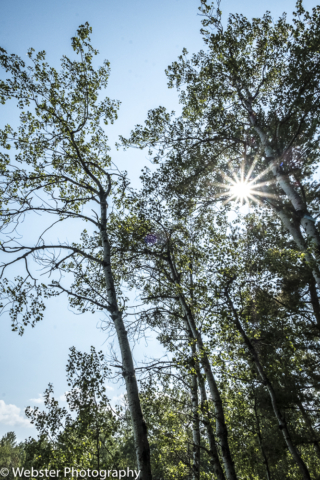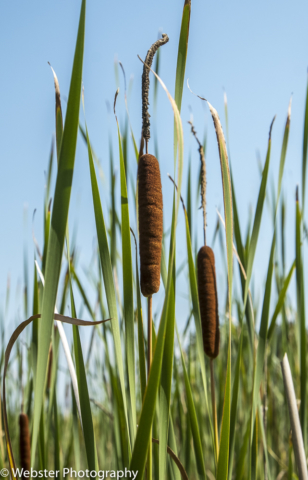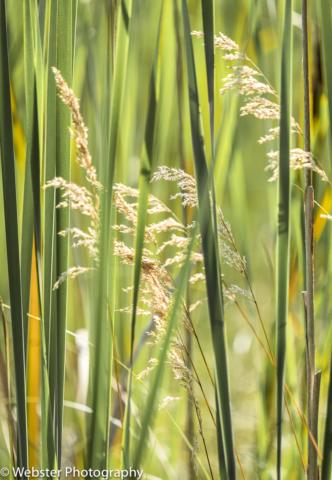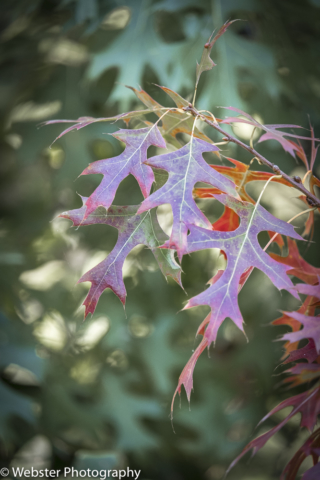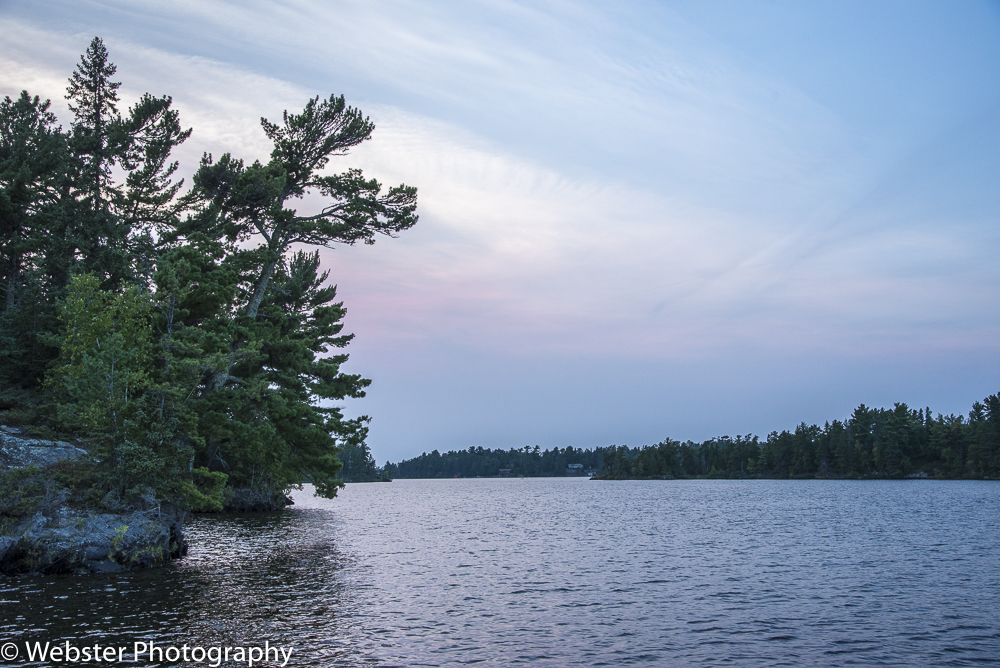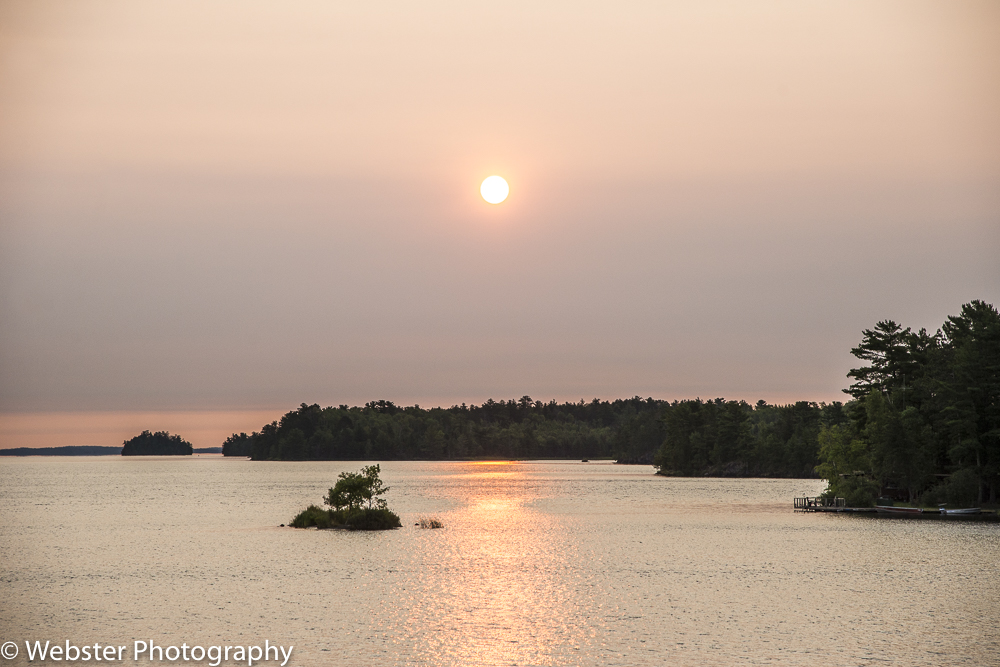Voyageurs National Park is a U.S. National Park in northern Minnesota near the town of International Falls. The park’s name commemorates the voyageurs; French-Canadian fur traders who were the first European settlers to frequently travel through the area. The park is notable for its outstanding water resources and is popular with canoeists, kayakers, other boaters, and fishermen. The Kabetogama Peninsula, which lies entirely within the park and makes up most of its land area, is accessible only by boat. To the east of the park lies the Boundary Waters Canoe Area Wilderness.
The park has several boat ramps and visitor centers on its periphery, though the main body of the park is only accessible by boat or, in the winter, by snowmobile, ski, or snowshoe. (Source: Wikipedia)
Established: January 8, 1971
Size: 218,200 acres
Rank: 32
#Visitors in 2018: 239,656
(August 2017) My fiance and I visited Voyageurs National Park at the end of a family vacation in Lutsen, MN. Our first stop in the park was the Ash River Visitor Center. Since Voyageurs is largely a water park, there are very few roads leading into the park. After getting our passport book stamped and talking to the ranger, we walked a short way behind the visitor center to get our first glimpse of the the water.
We then hiked the Sullivan Bay Trail (1.2 miles r/t) to a beautiful overlook.
We then drove a short distance down the road to the trailhead leading to the Beaver Pond Overlook (0.4 miles r/t).
We continued driving up towards our hotel (Island View Resort https://www.gotorainylake.com/) near the Rainy Lake Visitor Center, but stopped first to hike the Echo Bay Trail near the Kabetogama Visitor Center. This is one of the few other areas accessible by car. I didn’t capture any photos of this hike; must not have been very photogenic.
That evening, we captured some gorgeous sunset shots right from our hotel dock. It was a beautiful night; warm enough to sit outside and enjoy dining on the deck.
The next day was spent on a 5- hour ranger-led boat cruise to Kettle Falls Hotel and Dam. We embarked a small pontoon-style boat at the Kabetogama Visitor Center . We headed east on Kabetogama Lake through a narrow passage dotted with lots of small islands on the south side of Kabetogama Peninsula. We saw loons, deer, otter, a snapping turtle, cormorants and lots of bald eagles and nests. We docked near the Kettle Falls Hotel and Dam and walked a short distance to the hotel. We had a delicious lunch of walleye sandwich and fries; the very best walleye I’ve ever had.
The history of Kettle Falls is as colorful as the red roof on the hotel. Constructed by timber cruiser Ed Rose and reputedly financed by Madame Nellie Bly, the Kettle Falls Hotel has accommodated and entertained travelers since 1913. Robert Williams bought the hotel in 1918 for $1,000 and four barrels of whiskey. From its somewhat scandalous past, grew a long tradition of hearty home cooking and hospitality served by the Williams family. This historic hotel was renovated by the National Park Service in 1987 so you, too, can enjoy a hearty meal, relax on the veranda or spend the night.Kettle Falls Hotel is the only lodging within Voyageurs and is only accessible by water. (Source: NPS website https://www.nps.gov/voya/index.htm)
On our way back to our hotel, we stopped at the Thunderbird Resort to inquire about renting a small aluminum fishing boat for the next day; after all, Voyageurs is a water park, let’s do what the voyageurs did!
So, the next morning, we picked up our boat for our 1/2 day adventure. We covered a lot of territory, being careful not to violate international border laws. As long as we did not land on any Canadian lands or tie off to a boat in Canadian waters, we were OK. Our first stop was Little American Island.
During the summer of 1893, a local prospector searched for gold in the Rainy Lake area. In late July of 1893, while camping on a small island near Black Bay Narrows, he discovered a gold-bearing quartz vein – the “Little American” discovery. Given the good news and gold-bearing specimens, a Black Hills miner was hired to secure a title to the island and arrange financing. Development of the Little American Mine proceeded rapidly in the spring of 1894, along with the growth of the nearby settlement of Rainy Lake City to support the areas newfound exploration and mining activities. (Source: NPS website).
We hiked around this small island, seeing a few rusted mine artifacts. As we continued east in Rainy Lake, we came upon Bushyhead Island and saw the entrance to a former gold mine.
We continued motoring to the Harry Oveson Fish Camp on the north shore of Kabetogama Peninsula. It is the only remaining, intact commercial fishing camp left in the park.
Large-scale fishing operations began on the Rainy River as early as 1892. At its peak, in the late 1890s and early 1900s, roughly seven or eight large-scale fishing companies operated in the area, primarily on Crane Lake. The production of caviar, the eggs of lake sturgeon, was a major economic pursuit at this time. However, due to the great distance to markets, and the lack of refrigerated transport, these enterprises were relatively short-lived, although some remained in operation until the 1930s. (Source: NPS Website)
We hiked around the Fish Camp for quite awhile and then had a picnic lunch before motoring back to the Thunderbird Resort to turn in our boat. What a fun outing that was!!
We still had a lot of the day left so we drove to the Rainy Lake Visitor Center and hiked around the grounds and the marina area and then hiked the Oberholtzer Trail (1.7 miles r/t). It was a beautiful, peaceful forested trail with lots of marsh areas.
We enjoyed one last dinner and sunset at the Island View Resort.
We got up early the next morning to pack and head for home via the Apostle Islands in Wisconsin. The sunrise was beautiful. The haze in the air allowed for a direct and sharp shot of the sun…. the colors were gorgeous! What a way to end a fantastic visit!!

